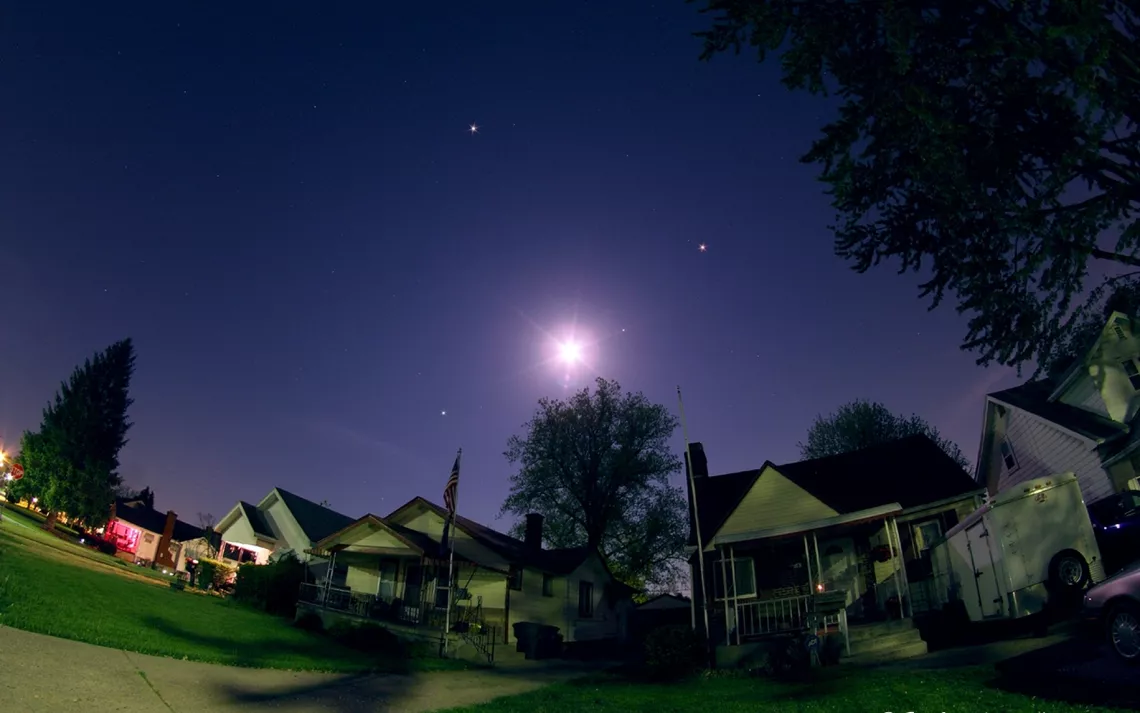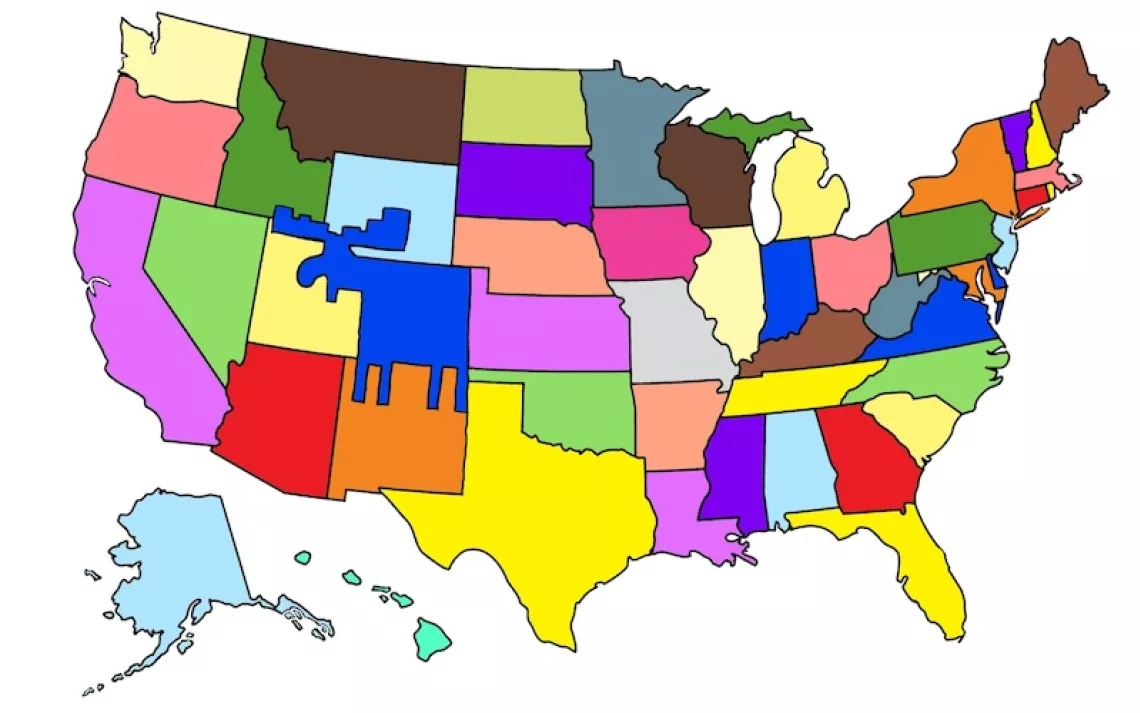Harvest Moon Signals Start of Fall

The Harvest Moon is early in September this year. The Full Moon that earns the title of the Harvest Moon is the one that occurs closest to the fall equinox. In 2014, the equinox is on September 23. The full moons surrounding the equinox are September 8 (9th in Europe) and October 8.
The Harvest Moon occurs at 6:38 p.m. PDT on September 8. Besides this being one of the earliest possible Harvest Moons, perigee occurred just 22.1 hours before the moon became full, meaning we once again have one of the larger full moons possible. (Technically August wins the much-ballyhooed title “supermoon” as full moon and perigee occurred only 22 minutes apart.)
With the first day of fall on September 23, summer comes to a close and the summer constellations will soon set before nightfall. Get your fill of the star clusters in the summer Milky Way while you can.
First, find the Milky Way by visiting a dark enough site and looking for what looks like a faint cloud running from the southern horizon toward overhead. This is the Milky Way, and the region closest to the horizon where the “teapot” in Sagittarius can be found is home to many star clusters. Slowly scan the area with a telescope’s finder. Stop on any “fuzzy” patches you see and then check through the telescope’s eyepiece. Odds are you’ve captured a star cluster or even a nebula (gas cloud) of the Milky Way.
Two planets are also in this region of sky. Saturn and Mars lie in Libra in the beginning of September and are great targets for telescopes. Look for color differences on Mars and the rings and moons of Saturn. Every night finds Mars moving farther from Saturn as it heads toward its rival, Antares.
By September 27 the moon has circled the sky and is close to Saturn. The next night the moon will lie between Mars and Saturn, and on September 29 the moon is above Mars.
On the last nights of September, Mars passes Antares in Scorpius, where they can be found about three and a half degrees apart. Mars is brighter at magnitude 0.8, and Antares shines at magnitude 1.0. Mars will pass in front of the Milky Way in October.
 The Magazine of The Sierra Club
The Magazine of The Sierra Club







